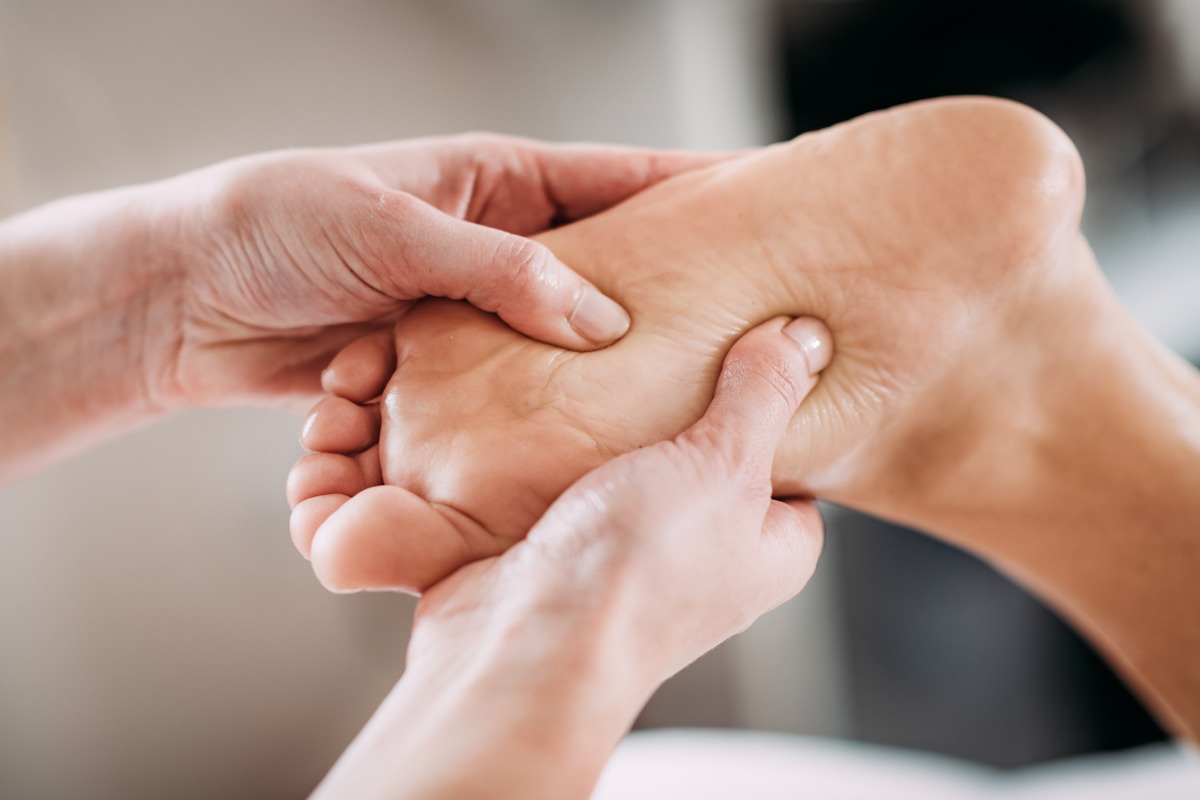

Avoid unsupportive shoes and sandals like flip-flops. You can prevent arch pain by proper-fitting wearing shoes with good arch support. Look for shoes with extra cushioning and more arch support. Check with your doctor first before starting a new medicine. Ice massage such as rolling the foot over a frozen bottle of water can be effective. Applying ice to ease pain and inflammation.Crutches or a boot can help the foot rest as can activity modifications. Resting the foot to reduce inflammation.Generally, our goals in treating arch pain will be to relieve swelling and inflammation and to ease the pressure from the irritated area. We will examine your foot carefully and make imaging tests such as X-rays, CAT scans and MRIs if necessary. Rest and icing the area can ease the pain and swelling.īecause there are many sources of arch pain, a careful diagnosis by a foot doctor is the best way to identify the problem. Inflammation of the tendons in the foot may cause arch pain. Rest and immobilizing the foot will help the sprain heal.

Landing awkwardly or twisting the foot can cause a sprain. A ligament sprain causes pain and swelling immediately after the injury. Rest is important and a walking boot or crutches can take the pressure off of the area. A stress fracture is a tiny fracture in the bone caused by repetitive overuse and causes pain that worsens with activity. Overuse can cause the midfoot bones to become damaged. Several foot problems can cause arch pain including:


 0 kommentar(er)
0 kommentar(er)
